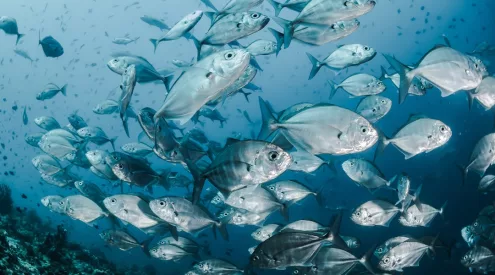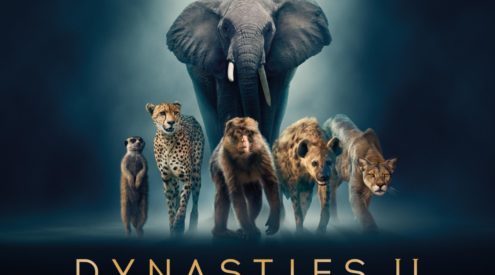Simon van Noort gasps in wonder. The creature under the microscope is as small as a dust mote spinning in a sunbeam, but far more beautiful. Iridescent blues, glowing oranges and glistening blacks. It’s an unknown species of wasp from a world all around us which few have ever explored. Simon’s a hunter. His quarry is Hymenoptera, the order of wasps, bees and ants.
‘In your backyard in the city right now,’ he said as we talked in his insanely cluttered office at Iziko South African Museum, ‘you could find species of insects unknown to science. You won’t believe the thrill of discovering creatures nobody else has seen and the desire that drives me to do that.’
Collecting is a passion that began with butterflies when Simon was a kid ‘two tickies high’ and mutated when his professor at Rhodes University asked if he’d help with work on wasps. He’s still on that road.
There’s a small dalliance of psychology that seeks to understand why people collect things. The list of what they collect is endless: stamps, coins, swizzle sticks, autographs. Some even have names. An arctophile collects teddy bears, a deltiologist postcards, a numismatist coins, a vecturist subway tokens, a horologist clocks. Actor Tom Hanks collects old typewriters. With actress Jane Seymour, it’s teapots. Why do they do this?
Freud said it had to do with toilet training and an attempt to gather back our first loss. A more contemporary view is that there’s a distinction between collectors and hoarders, the latter being abnormal and in need of help, the former being obsessive-compulsive and merely in need of sympathy. In science that compulsion has been immensely valuable.
Collecting insects is a field with plenty of room for expansion. Scientists have identified around a million species, but that’s estimated at less than a third of what’s out there. Biologist Edward Wilson has calculated that there are, right now, around 10 quintillion insects in the world – that’s 10 plus 18 noughts. Or, by way of comparison, around 300 kilograms of insects for every kilogram of humans.
They’re startlingly prolific. Eight out of every 10 species on Earth is an insect. A single locust swarm could contain a billion creatures and a termite queen can lay more than 40 000 eggs a day. In a five-month season, a pair of houseflies could, if all survived, produce 190 quintillion offspring. Fortunately for us, they mostly don’t survive.
But let’s get back to the collectors. The Iziko South African Museum, where I was poking around, has up to 10 million bottled specimens in a collection that goes back to the mid-19th century. These still have to be extracted, mounted and labelled. Van Noort estimates that to catalogue the collection would take one person working eight hours a day 974 years.
With this in mind I came across Dawn Larsen. For the past 20 years she’s been mounting and labelling insects with a level of dedication and passion bordering on hallucinatory. Her recently retired colleague, Margie Cochrane, did it for even longer.
Some creatures are the size of small birds, others tinier than half a millimetre. Each has to be carefully lifted out of fluid and gently laid on a mounting block, a sort of gutter with flat edges.
The wings are carefully spread with a fine pin – first the main and then the underlying secondary wings – and left to dry for several weeks. The specimen is then labelled and pinned into the appropriate drawer under glass and slid into its wooden cabinet. About one-and-a-quarter million insects are mounted in these cabinets, a brilliant resource for science and a monument to the passion of collecting.
‘It’s been a lot of work,’ admitted Dawn, who was once a filing clerk and taught herself entomology, ‘but I love insects. People go “eeuch” when they see a spider or a beetle. They just don’t understand.’
Nobody knows the living diversity of the world, not even to the nearest order of magnitude We don’t know for sure how many species there are, where they can be found or how fast they’re disappearing. Edward Wilson, whom I mentioned earlier, once said that doing entomology was ‘like having astronomy without knowing where the stars are’.
‘If all humankind were to disappear,’ he added, ‘the world would regenerate back to the rich state of equilibrium that existed 10 000 years ago. If insects were to vanish, the environment would collapse into chaos.’
Beetle by beetle, wasp by wasp, collectors like Simon and Dawn are adding to how much we know about that bug world. It’s a sort of madness. But standing among the wooden cabinets containing millions of just one order of Earth’s breathtaking diversity, it struck me what a divine madness insect collecting really is.
Perhaps Freud was half right. Collecting may not be an attempt to gather back our first loss, but to prevent it from disappearing down time’s bottomless rabbit hole.

















